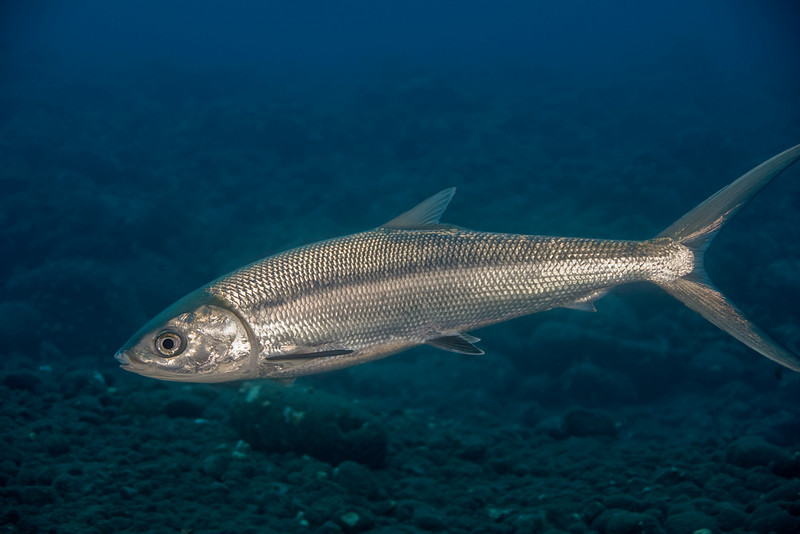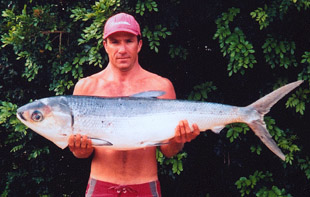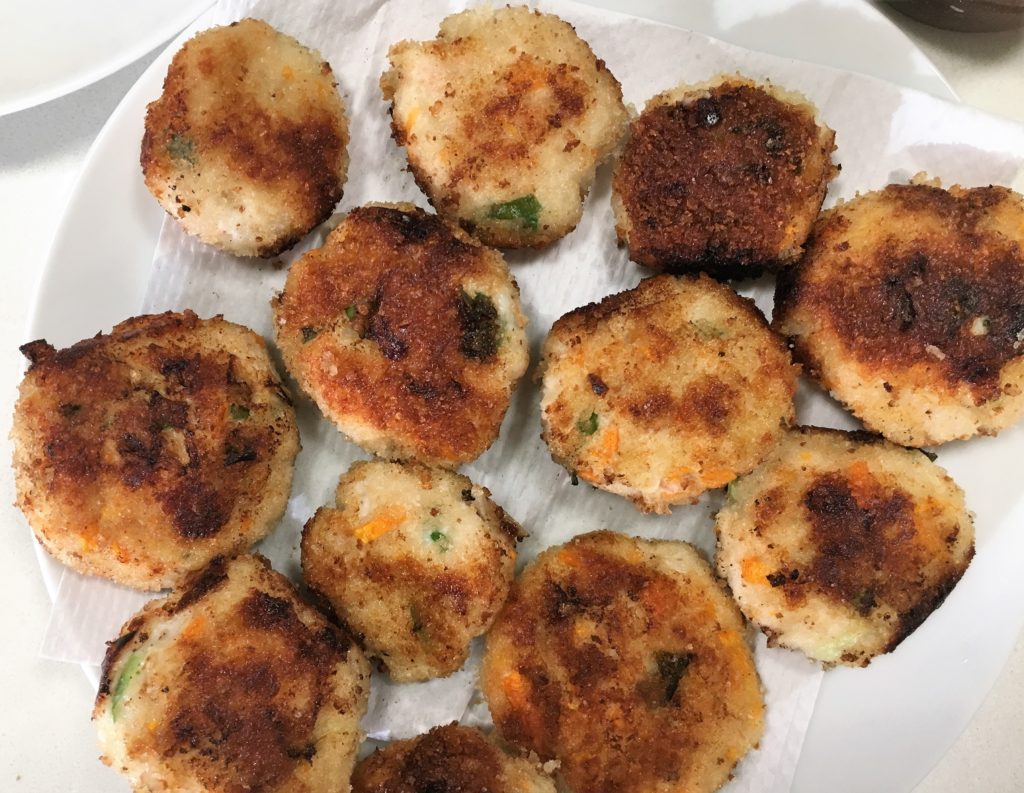
(2019), which integrates local minimum counts with landscape‐scale conventional distance sampling (CDS) surveys. * Note, you may need to refresh the page to see the PDFs below.Įxcerpt: Becker and Herreman (2021) critique the approach of Schmidt et al. National Park Service, Kenai Fjords National Park, P.O. John M Morton, Alaska Wildlife Alliance, P.O. National Park Service, Arctic Network, 4175 Geist Road, Fairbanks, AK 99709, USA Kevin S White, Alaska Department of Fish and Game, Division of Wildlife Conservation, P.O. National Park Service, Climate Change Response Program, 1201 Oakridge Drive, Suite 200, Fort Collins, CO 80525, USA National Park Service, Central Alaska Network, 4175 Geist Road, Fairbanks, AK 99709, USA The accuracy of GIS data will enable the stakeholders to monitor and assess fencing and native plant assets.Featured in the Journal of Wildlife Management Point features (grouped) are captured and include species of plant, pot size, spacing and date plantedĮach feature will have a link to drone photo points and associated GPS flight path. This shapefile will include number of wires, post spacing, length and date of installation.
#AWA AWA FISH DOWNLOAD#
The GIS data is available through an online web application which funders can view, download and share. Woody Debris from native vegetation will provide habitat for tuna.Ī physical measure for monitoring is a GIS dataset which has been developed for the project and captures information about fencing and planting. Creating tuna habitat has been a focus for this project. Making notes of the tuna stocks is also a way of understanding the health and state of the awa. This might look like an increased sighting of freshwater kai and also harvesting to evaluate the quality of the kai. This is a priority as tangata whenua to not only acknowledge and help to restore the mauri of the awa but also to acknowledge the mauri of all the significant sites along the Pūniu and throughout the region.Īs a way of measuring the health of the wai (water), PRC understand that freshwater kai such as kōura and freshwater mussels can also be used as a physical measure. Kaimahi have become more culturally aware of significant cultural sites which has also created a sense of reconnecting for some, to their whenua, their tūrangawaewae. Karakia has been implemented at the beginning of each day, before planting began along the Pūniu river as well as for sites of cultural significance in planting areas.

Restoration of the Pūniu Awa is of significant spiritual value to Tangata whenua. Kaimahi have gained experience in practical use of rongoā by being able to make Mānuka soap, Koromiko for upset stomach & Kawakawa panipani as a healing balm.


In their journey, the vegetation will provide increased shelter and food for native fish with co-benefits for terrestrial biodiversity from plant foliage.Ī range of native species have been planted including many plants that provide rongoā (natural medicines) for te taiao and the people such as Koromiko, Mānuka, Harakeke and Kawakawa.īy propagating native trees through PRC nursery it has enabled the organisation to develop a good understanding of rongoā māori and the medicinal & healing properties of our native rākau. In addition to the filtration benefits of riparian planting, the increased vegetation will act as a highway, later connecting larger areas of existing habitat for species. Riparian planting will help to stabilise the river banks, improve water quality through reduced sediment inputs, and shade out weeds. On a number of properties throughout the project, there was opportunity to increase the riparian margin on areas such as hillsides which was fully utilised requiring more plants and an increase of the benefits achieved through re-vegetation. With an initial estimated target to plant 160,000 trees, PRC has successfully grown and planted over 193,000 native trees along the Pūniu Awa.

A total of 32kms of the Pūniu Awa banks are now dominated by native trees, grown and planted by Pūniu River Care.


 0 kommentar(er)
0 kommentar(er)
